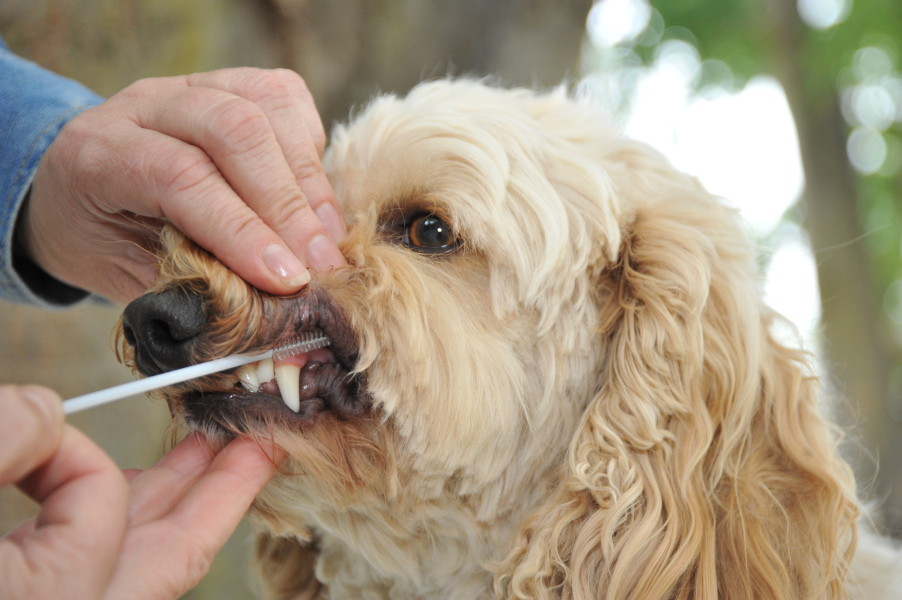Quick Summary
Click here for Price and Turnaround Time
Phenotype: Primary closed angle glaucoma (PCAG) is a hereditary disease that results from a rapid build-up of pressure in the eye, which causes loss of optic nerve function and retinal ganglion cell loss. The onset of this condition is sudden, painful, and if left untreated will lead to blindness. The average age of dogs at diagnosis is 3.9 years.
Mode of Inheritance: Autosomal recessive
Alleles: N = Normal, S = Glaucoma-associated linked mutations
Breeds appropriate for testing: Italian Greyhound
Explanation of Results:
- Dogs with N/N genotype have a low risk of developing primary closed angle glaucoma (2%) and have no copies of the glaucoma-associated variants.
- Dogs with N/S genotype have a low risk of developing primary closed angle glaucoma (2%), and are carriers of the glaucoma-associated variants. Matings between two carriers are predicted to produce 25% of puppies at higher risk of developing primary closed angle glaucoma.
- Dogs with S/S genotype have two copies of the glaucoma-associated variants and are at increased risk of developing primary closed angle glaucoma (60 times more likely to develop).
Results of this test can be submitted to the OFA (Orthopedic Foundation for Animals)
Italian Greyhound Health Panel
$105 per animal
Sample Collection
Dog DNA tests are carried out using cells brushed from your dog's cheeks and gums. The preferred cytology brushes are sent to you by mail, or you may provide your own brushes. For accepted alternative brushes, click here
We recommend waiting until puppies are at least three weeks old before testing.

Step-By-Step:
- Make sure the dog has not had anything to eat or drink for at least 1 hour prior to collecting sample.
- When swabbing puppies, isolate each puppy from the mother, littermates and any shared toys for 1 hour prior to swabbing. Puppies should not have nursed or eaten for 1 hour prior to collecting sample.
- If collecting samples from more than one dog, make sure to sample one dog at a time and wash your hands before swabbing another dog.
- Label brush sleeve with name or ID of dog to be sampled.
- Open brush sleeve by arrow and remove one brush by its handle.
- Place bristle head between the dog’s gums and cheek and press lightly on the outside of the cheek while rubbing or rotating the brush back and forth for 15 seconds.
- Wave the brush in the air for 20 seconds to air dry.
- Insert brush back into sleeve.
- Repeat steps 5 - 8 for each unused brush in sleeve on a fresh area of cheek and gums. Make sure to use and return all brushes sent by the VGL. In most cases, it will be 3 brushes per dog. If using interdental gum brushes, please note that the VGL requires 4 brushes per dog and only moderate or wide interdental gum brushes are accepted.
- Do not seal brushes in sleeve.
- Place all samples in an envelope and return to the address provided.
ATTENTION:
- Do not collect saliva/drool – the key to obtaining a good sample is getting cheek cells on the swab
- Do not rub swab on the dog’s tongue or teeth – this will result in poor quality sample
- Do not collect a sample from a puppy that has recently nursed – the mother’s genetic material can rub off on the puppy’s mouth and contaminate the sample
In Italian Greyhounds, primary closed angle glaucoma (PCAG) is a hereditary disease that results from a rapid build-up of pressure in the eye, which causes loss of optic nerve function and retinal ganglion cell loss. The onset of this condition is sudden, painful, and if left untreated will lead to blindness. The average age of dogs at diagnosis is 3.9 years (range 0.5 to 6 years). Research by Dr. Niels Pedersen and Hongwei Liu at the University of California, Davis identified 2 linked mutations that are present in 75% of Italian Greyhounds with primary closed angle glaucoma.
Testing for PCAG allows owners to identify dogs at higher risk of this form of glaucoma and assists breeders to select breeding pairs to avoid producing offspring at higher risk.
